Mastromarino, P., Cacciotti, F., Masci, A., & Mosca, L. (2011)
Abstract
The aim of this research was to study the mechanisms of Lactobacillus brevis antiviral activity towards HSV-2 and to identify the bacterial components responsible for the inhibiting effect. Bacterial extract and cell walls were prepared by lysozyme digestion of L. brevis cells untreated or treated with LiCl to remove S-layer proteins. Bacterial extract and cell wall fragments showed a dose dependent inhibitory effect on HSV-2 multiplication. In order to characterize the inhibitory activity of L. brevis, the bacterial extract was subjected to different physical and chemical treatments. The inhibitory activity was resistant to high temperature and proteases digestion and appeared to be associated with compounds with a molecular weight higher than 10 kDa. DNA, RNA and lipids isolated from bacterial cells were devoid of inhibitory effect. The antiviral activity of both bacterial extract and cell wall fragments obtained from L. brevis cells after the S-layer removal was significantly reduced compared to untreated cells suggesting that the inhibitory activity is likely due to a heat-resistant non-protein cell surface bacterial component.
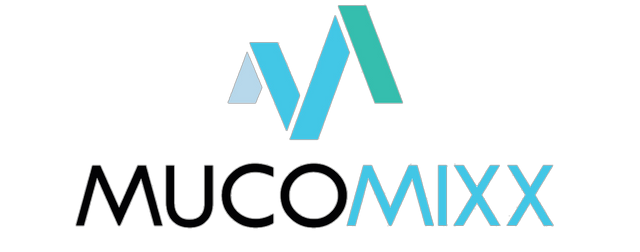
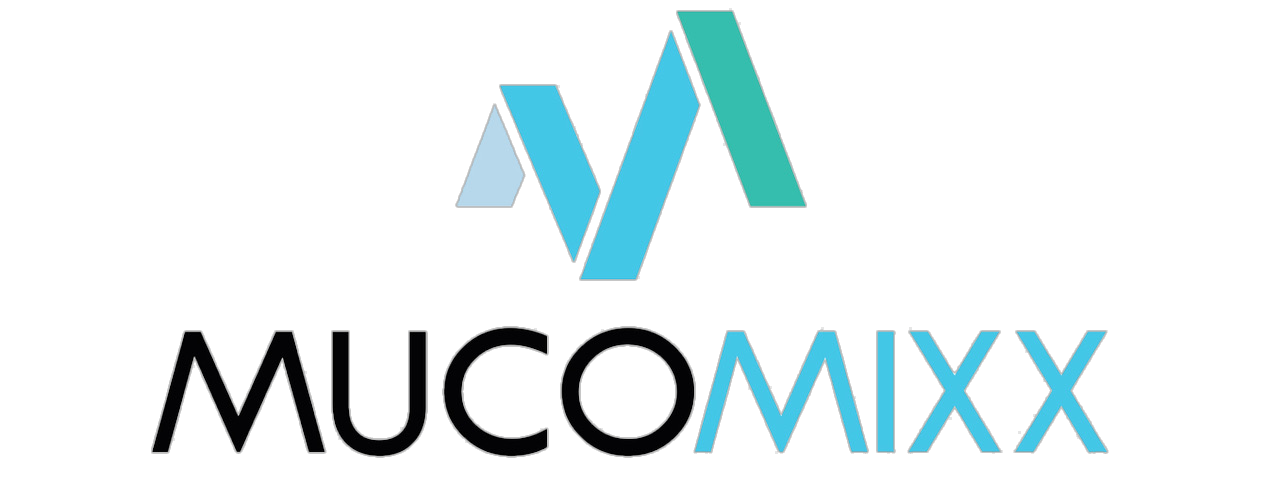


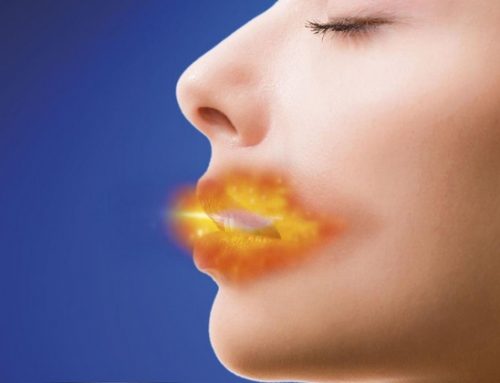
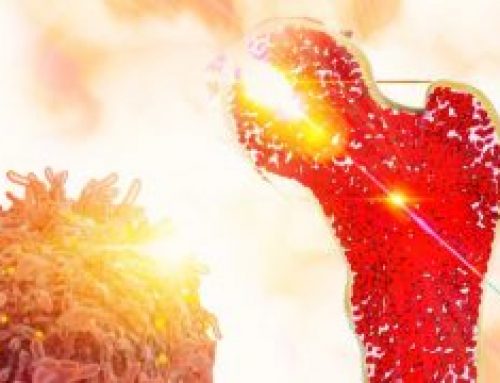
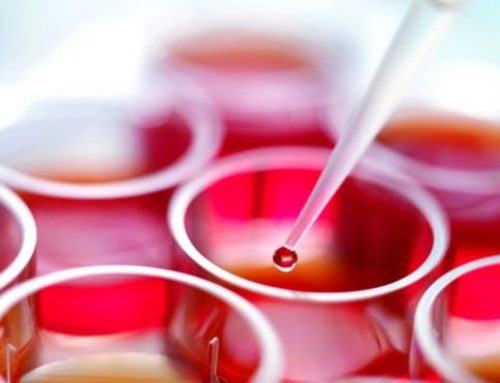

Leave A Comment
You must be logged in to post a comment.